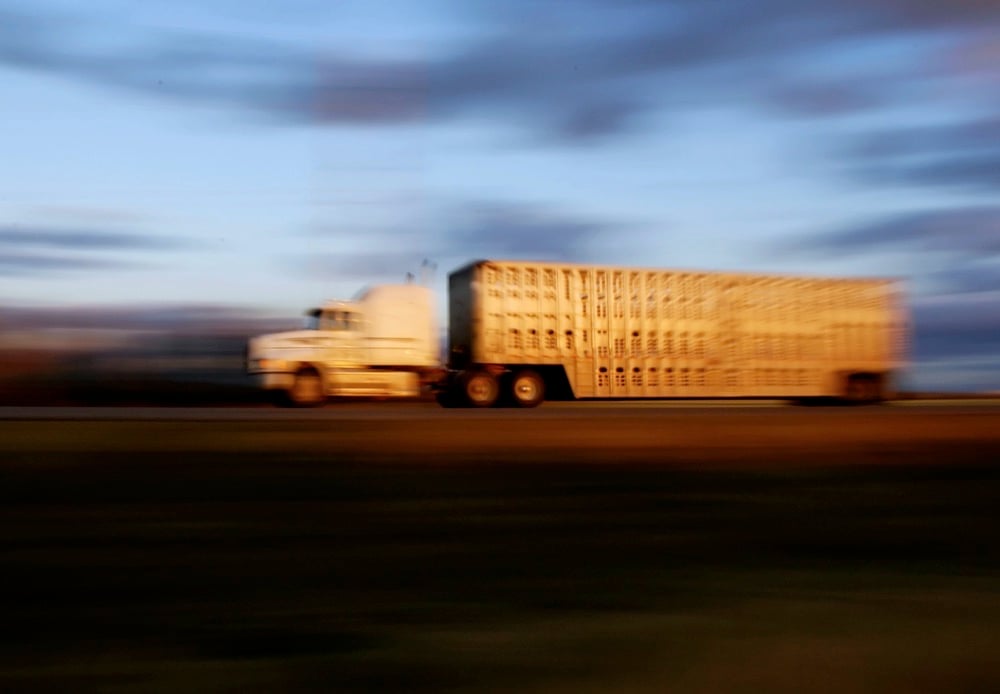The heat was on in the western provinces in July, from both a temperature and political perspective. As the mercury soared in Alberta, representatives from a range of sectors including energy services, oil and gas, cattle, forestry and business turned up the dial in response to the recently announced reforms to the Temporary Foreign Worker Program (TFWP). Canadian Cattlemen’s Association (CCA) vice-president Dan Darling flew in from Ontario to attend a couple of roundtables on the TFWP reforms hosted by Economic and Social Development Canada (ESDC) Minister Jason Kenney in Calgary.
Read Also

The Canadian Cattle Association’s international advocacy efforts
Global ag policies affect Canadian food policy, so the Canadian Cattle Association participates in international and domestic forums
I was able to talk one on one with Minister Kenney at the Calgary Stampede reception, where I emphasized the fact that if we hope to take advantage of the increased opportunities for trade the Government of Canada has worked so hard to achieve, the packers require a workforce sufficient in numbers and training. I pointed out that the Alberta plants are operating at about 65 per cent capacity and the U.S. plants have a competitive advantage over the Canadian operations, as meat packers and processors are well paid in Canada. I reiterated what was said at the roundtables about the packers’ good record bringing on TFWs and then hiring them on as new Canadians.
This helped to drive home the points made earlier at the roundtables, where participants including processors shared their concerns with the recently announced reforms and outlined their impact to their respective sectors.
During this same week, Canada Beef Inc. announced a partnership with Agriculture and Agri-Food Canada (AAFC) and Western Economic Diversification to realize the Canadian Beef Centre of Excellence. This will be a great resource for domestic and international companies that are interested in Canadian beef. With the ability to broadcast virtual tours of the whole supply chain, including the processing sector, potential customers can learn all about Canadian beef, the sustainable production of the cattle industry and the country’s food safety environment without the expense of a costly trip. Chief among the centre’s goals is to build brand loyalty and generate new marketing opportunities — which brings us back to the TFWP reforms.
- More CCA Reports with Dave Solverson on the Canadian Cattlemen : Promoting beef
The CCA appreciates that on-farm primary agriculture, which includes feedlot workers, on-farm workers and the Seasonal Agricultural Workers Program (SAWP), is exempt from many of the major reforms, given the proven acute labour shortages there. The CCA is working to have the processing sector, also plagued with chronic and acute labour shortages, recognized as unique and therefore no longer subject to the reforms and their detrimental effect on business.
Through the Value Chain Roundtables the beef sector along with the rest of Canadian agriculture has been pushing a Labour Action Plan for agriculture that focuses on three things:
- Increase the labour supply to agriculture by augmenting domestic with temporary and seasonal labour.
- Connecting workers with jobs through a job resource library and career promotion tools.
- Improving the knowledge and skills of workers through training and learning resources.
The CCA looks forward to improving on these areas with ESDC, Citizenship and Immigration Canada and AAFC. To date we have not had a good indication that there is specific uptake of the action plan by the departments but we do see aspects of it in the changes announced.
The CCA, as part of an industry coalition, will continue to promote this position and seek clarity around the new measures on the meat-processing sector.
Some media reports have suggested that Minister Kenney is considering some regional labour exemptions on the TFWP. The CCA looks forward to seeing if those reports are substantiated following the federal-provincial-territorial agriculture ministers’ meeting in Winnipeg.
AgriRecovery is likely going to factor in to those ministerial discussions as well. Parts of Saskatchewan and Manitoba were devastated by flooding and crop and pasture loss will make winter feeding an issue. In Manitoba and Ontario, many producers still struggle to feed their animals and maintain their herds in the lingering aftermath of extreme weather events. The CCA remains committed to improving disaster response programs. AgriRecovery is part of disaster response but well-functioning forage insurance and other potential program improvements continue to be examined with governments. These events show the importance to agriculture of continued investment in infrastructure. Managing water requires steady investment that yields payback in productivity gains and loss avoidance. I hope the federal and provincial governments can find ways to work together to get this and future water all the way to Lake Winnipeg and to find ways to reduce the impact of what may be a long-term rainfall pattern.
At least prices are holding out for producers and consumers don’t seem to mind. The latest numbers confirm that consumers continue to eat beef and that they are willing to pay more for it. While chicken surpassed beef in volume back in 2001, beef continues to lead in value with consumers willing to pay more for beef. Beef holds the largest market share in terms of consumer expenditures at 42 per cent compared to poultry at 35 per cent and pork at 24 per cent.
The scenario presents an interesting picture as Canada moves ahead on market access agreements that encourage more exports of high-quality Canadian beef.
















